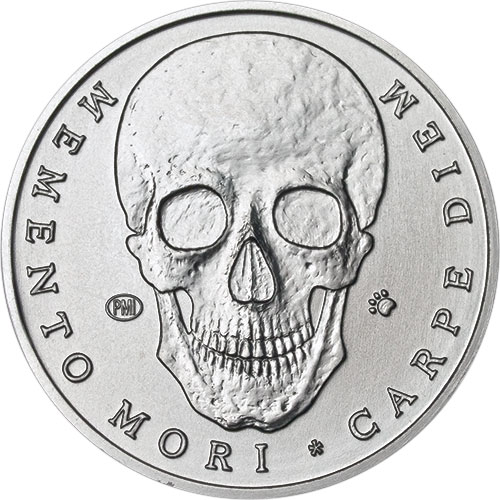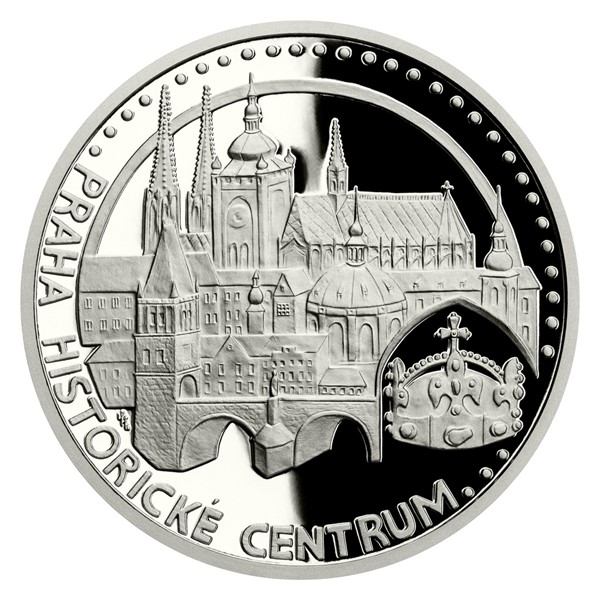Best Reasons For Engraving Prague Mint Coins
Wiki Article
How Is A Plaster Mold Created To Serve As An Initial Physical Representation Of The Gold Medal Or Coin?
This design could be a hand-drawn sketch or a digital representation made using graphic design software. This design may be a simple sketch created with a pencil, or it could be a digital image that is created with graphic software. Other materials like clay and wax may be utilized.
Plaster preparation is mixed with water to produce an able consistency. The mixture needs to be free of lumps and smooth in order to ensure a clean mold.
Base Creation- To sculpt the maquette it requires a base or platform must be built. The base can be a wooden board or a flat surface that provides stability.
The Maquette is created by using the gold design as a model. This involves shaping the plaster to create the relief or 3D representation of the medal or coin.
Detailing and Refinement: The artist adds details to the design, refines the contours and ensures the accuracy of proportions and design features. This phase requires precision and attention.
Giving time for drying and Set-up- After the sculpture is finished the plaster must have time to dry and set. The maquette will become hard and keep its shape.
Smoothing and Finishing- Following drying, the surface of the maquette is smoothed, then refined to remove bumps, imperfections or rough areas.
Sealing and Preserving - To protect and preserve the maquette and also to prepare it for further processes, such as scanning and molding, you can apply a protective or sealant coating on the surface.
The resultant maquette is used as a tangible, 3D representation of the gold medal or coin design. It is a tangible reference to guide the next steps in production. It can be used to digitize the image or to create molds for mass production. Or, artists can use it as a model to visualize and refine their design before the finalization of their design. Take a look at the top rated Prague Mint gold coins plaster molds site examples. including $5 gold piece, 1 10 oz american gold eagle, gold sovereign, one ounce gold bullion, spanish gold coins, apmex gold, sd bullion gold, gold krugerrand, online silver buying, silver double eagle and more.

How Can Laser Technology Be Utilized To Refine Gold Coins And Medals Die Surfaces?
Laser technology can be utilized to make master hubs that are more precise by achieving exact details. Let's take a look at how laser technology works during this process. Surface Refinement
Following the initial processing, laser technology can be used to refine die surfaces or hubs. It is used to smooth imperfections, remove burrs or make minor adjustments to irregularities.
Detail Enhancement-
Laser ablation is used to create or enhance intricate detail on dies as well as master hubs. Lasers can precisely remove or etch material in order to create complex patterns and fine lines which are hard to achieve using traditional cutting.
Microstructuring-
Laser microstructuring produces microscopic details and textures on the surface die. This method can be used to create unique designs or textures that can enhance the look and security of the coins or medals.
Surface Hardening or Treatment
Laser technology is used to harden or treat the surface of master hubs. This improves the durability of the surface and increases wear resistance, making sure that the die or master hub will last for a long time.
Precision Modifications
Laser technology permits precise alterations and corrections of the die or the master hub, with no impact on overall geometry. It is possible to alter the surface to address discrepancies, imperfections or other issues that could affect the quality of struck coins or medals.
Controlled removal of material
Laser ablation is utilized for controlled removal of material, particularly in areas where intricate details need to be defined or adjusted. It is a non-contact removal method that preserves the integrity of the surrounding area.
The use of laser technology to refine the surface and enhancing details of dies or master hubs provides a greater quality of precision, greater details and enhanced surface quality. It is a complement to traditional machining and allows for precise manipulation of the surface characteristics of dies that are crucial for making gold medals or coins. View the most popular laser processing Czechoslovakia gold coins site advice. including gold angel coin, gold bullion bar price, valuable gold dollar coins, gold coins and bullion, $5 gold coin, gold bullion bars, price of 5 dollar gold coin, silver double eagle, oz gold bars, cost of gold coins and more.
How Do You Prepare And Weigh Gold Blanks For Minting?
Gold blanks of the highest quality are carefully made ready for minting to ensure exact and consistent gold coins or medals. The preparation procedure for gold blanks is described below. The gold is usually refined to be in compliance with specific purity standards required for coinage.
Gold Blank Production Gold Blank Production - The gold material is cut into blanks through an engraver process. Blanking involves cutting the gold into disks of coin size or planchets by using specialized equipment or stamping.
Accurate Weighing and Measuring
Weighing Each blank is weighed separately to make sure that it meets the specified specifications for the coin. This ensures that every item contains precisely the quantity of gold required to meet the desired denomination.
Measuring - To guarantee uniformity, the diameter, thickness overall dimensions, as well as design specifications are adhered to every blank is measured with precision instruments.
Inspection and Control of Quality
Visual Inspection- Each Blank is examined visually in order to identify imperfections in the surface.
Rejecting blanks that aren't in conformity - To maintain consistency and uniformity Blanks that don't conform to the weight, size or quality standards are rejected.
The Reasons For Preparation
Consistency During Minting ProcessAccurately weighed and measured blanks of metal are utilized to guarantee uniformity. Dimension and weight consistency results in uniformly struck and produces coins and medals with the same weight and quality.
Accurate Gold Content: Each blank is weighed precisely to ensure that the final coin or medal has exactly the amount of gold intended. This guarantees accuracy in terms of value and purity.
Prevention of Variations Uniform blanks will prevent changes in weight or size which could impact the value of the coin or medal legality, usability, or legitimacy in commerce or circulation.
Quality Assurance - Strict control measures are followed in the process of making blanks to ensure that only the finest quality blanks free from defects, proceed through the process of minting, reducing any chance of defects appearing in the final products.
Legal Compliance- The coins are designed to be used for circulation or commemorative. They must meet the legal requirements along with standards and specifications set by mints and regulators.
Making gold blanks that are of good quality and consistent are crucial steps in the coining process. They are essential to ensure the quality and precision of high-value gold coins and medals. Have a look at the top gold blanks for Czechoslovakia gold medals blog advice including gold medals, krugerrand coin, one ounce gold bullion, buy gold and silver, gold quarter dollar, 1 oz silver price, gold dollar coin, silver eagle coins, medal gold medal, double eagle coin and more.

How Do You Get Gold Blanks Into Coin Presses?
When the production process is completed, gold blanks will be fed into coin presses in which they are pressed with high pressure. This transforms them into finished medals or coins. This article will provide an overview of the steps involved Loading Blanks-
Gold blanks that have been prepared and inspected for quality, are loaded into a feeder system connected to the coin press. This feeder system guarantees a steady supply of blanks.
Feeding Blanks through the Press
The feeder system directs each blank into the area of the coin presses. This guarantees the exact positioning of each blank before stamping.
Alignment and Positioning
In the press, the blanks are aligned and placed in the striking chamber making sure that they are completely centered and aligned to be used for stamping.
Striking Under High Pressure
The coin press has two dies, one stationary and the other that moves. The stationary die has the negative designs on the coin, while the moving die is used to strike the blank.
The die that is moving strikes the blank with considerable force and transfers the design on the surface of the blank. The die's pressure creates the design, as well as the relief is raised.
Multiple Striking is an Optional
Multiple strikes can be used to create a more sharply clear design or image on better quality coins and medals. Each strike helps to refine the details in the blank.
Collection and Ejection
After being struck, freshly minted medals or coins are removed from the press and collected in trays or containers. They are examined for quality control to make sure that the designs stamped meet the specifications and standards.
Post-Processing-
Minted medals or coins may undergo additional procedures such as edge lettering edge reeding, or post-strike processes based on the design requirements or the specifications of the mint.
The process of stamping under extreme pressure is crucial in that it imparts the desired design onto the gold blanks and transforms them into finished medals or coins that are ready for use in collection, circulation, or for commemoration. This process is extremely precise because any variations in alignment or pressure could impact the appearance and quality of the end product. Follow the top minting Prague Mint gold medals website info. including purchasing silver bars, gold and silver bullion, five dollar gold coin, gold & silver bullion, valuable gold dollar coins, today's 1 oz gold coin price, chinese coins, 1 0z gold price, 24k gold coin, medal gold medal and more.
